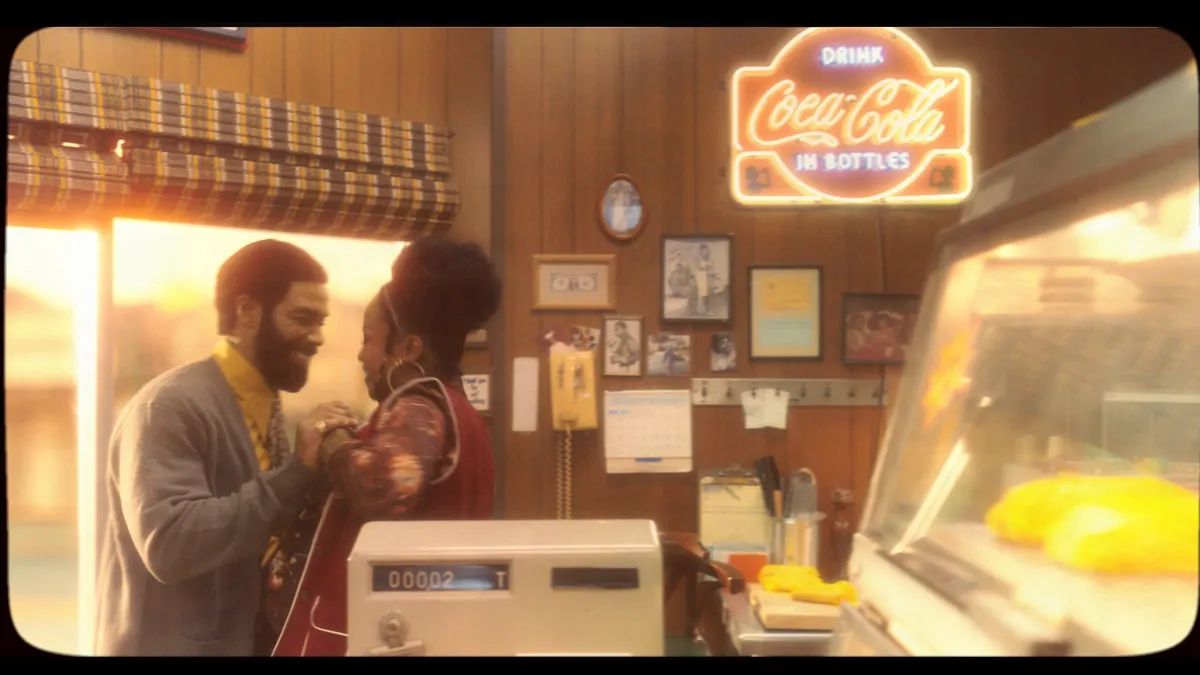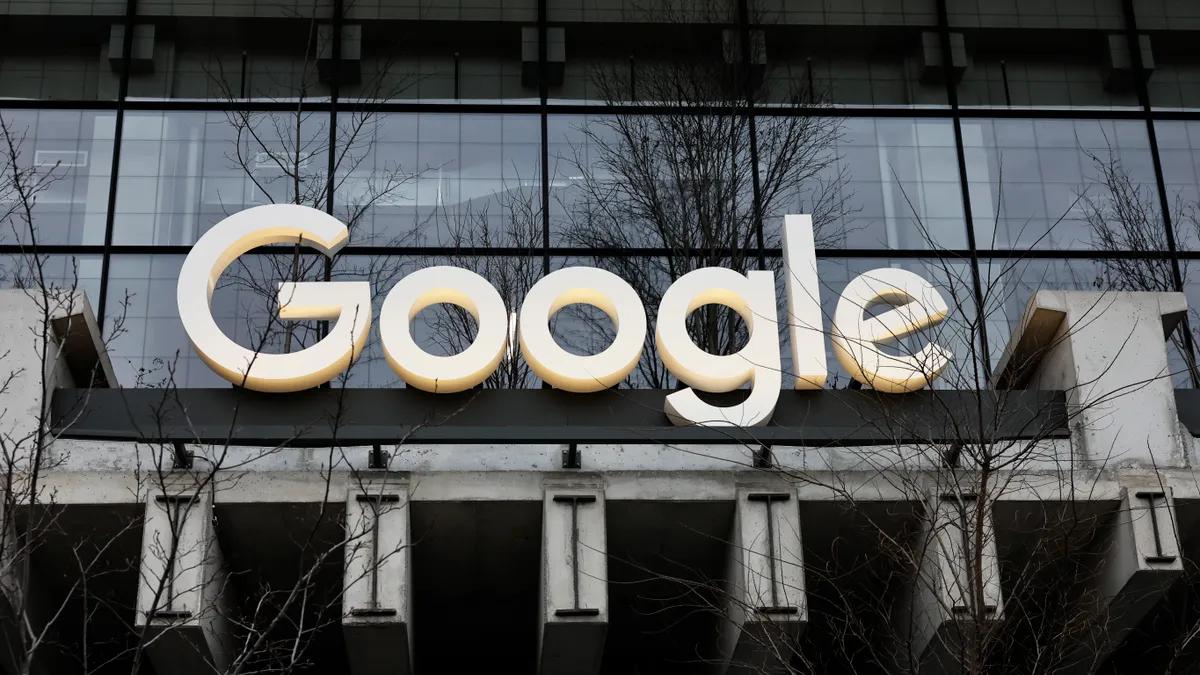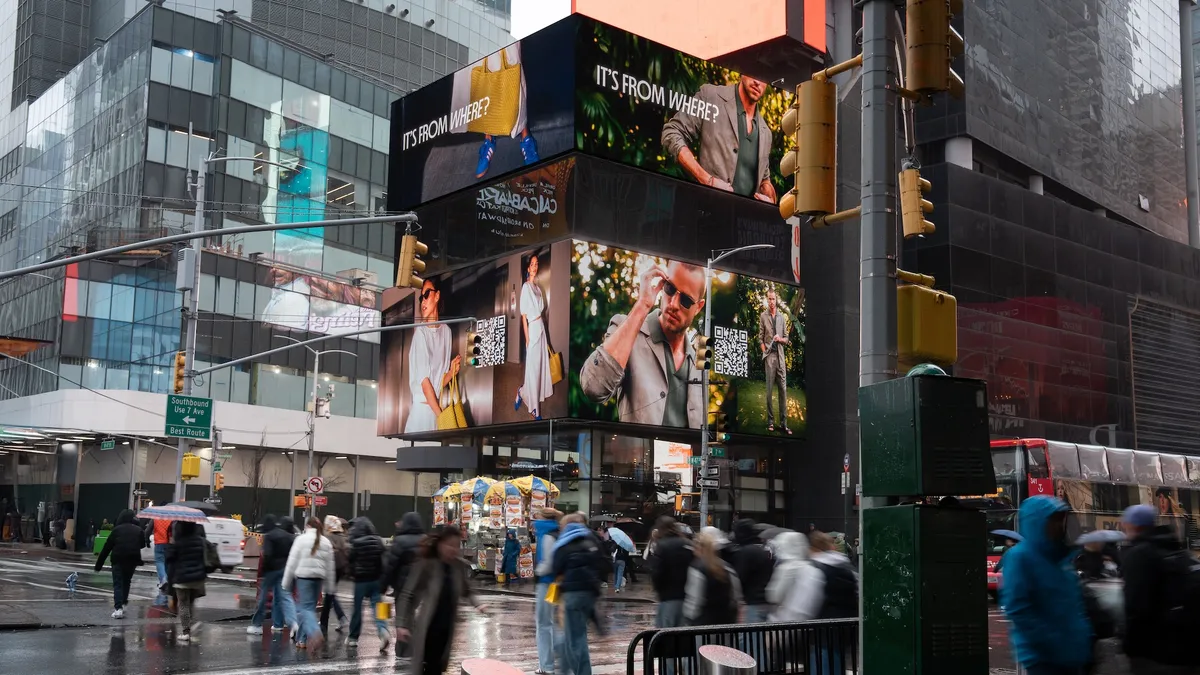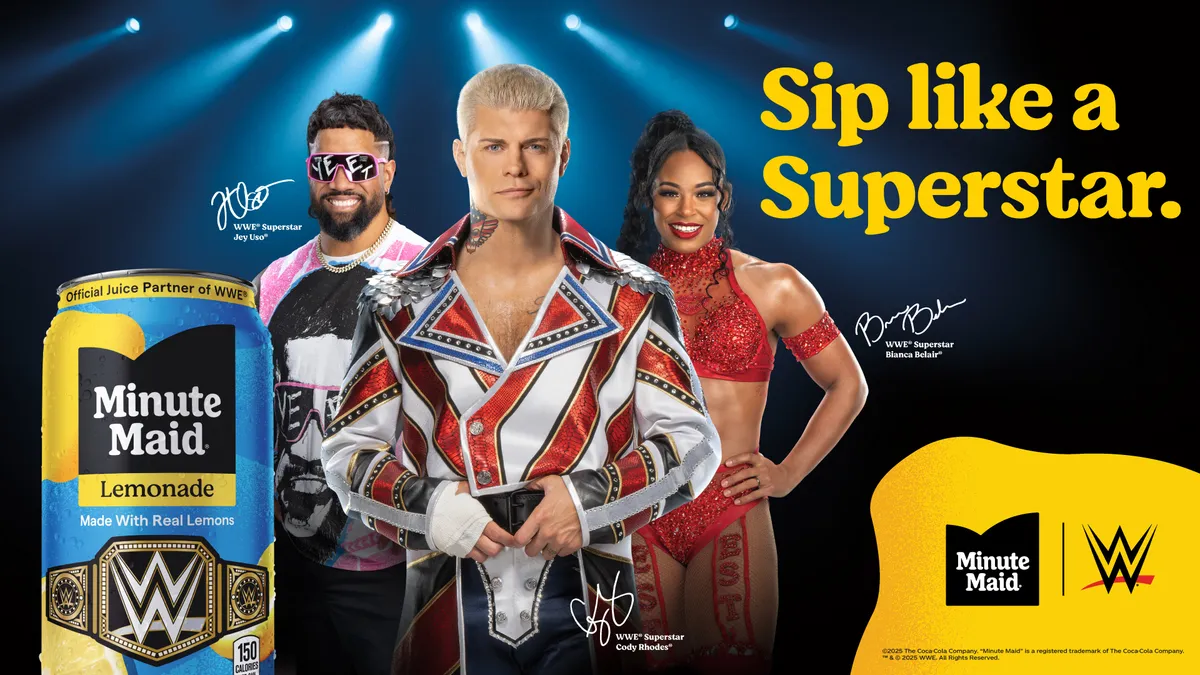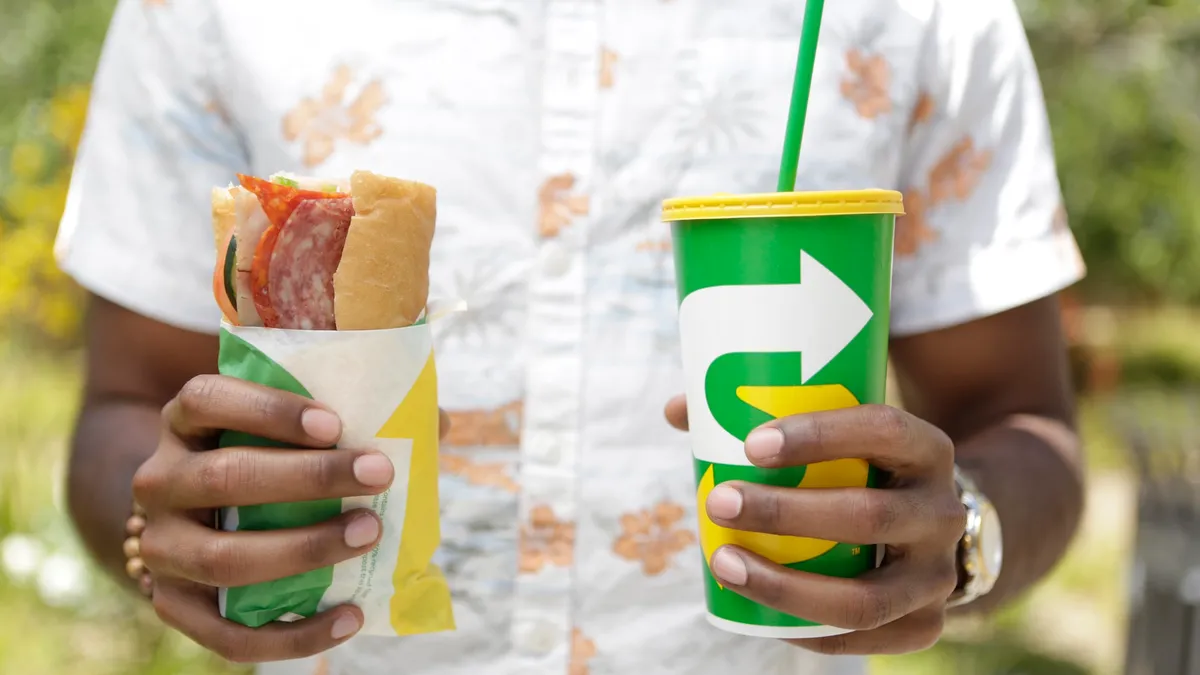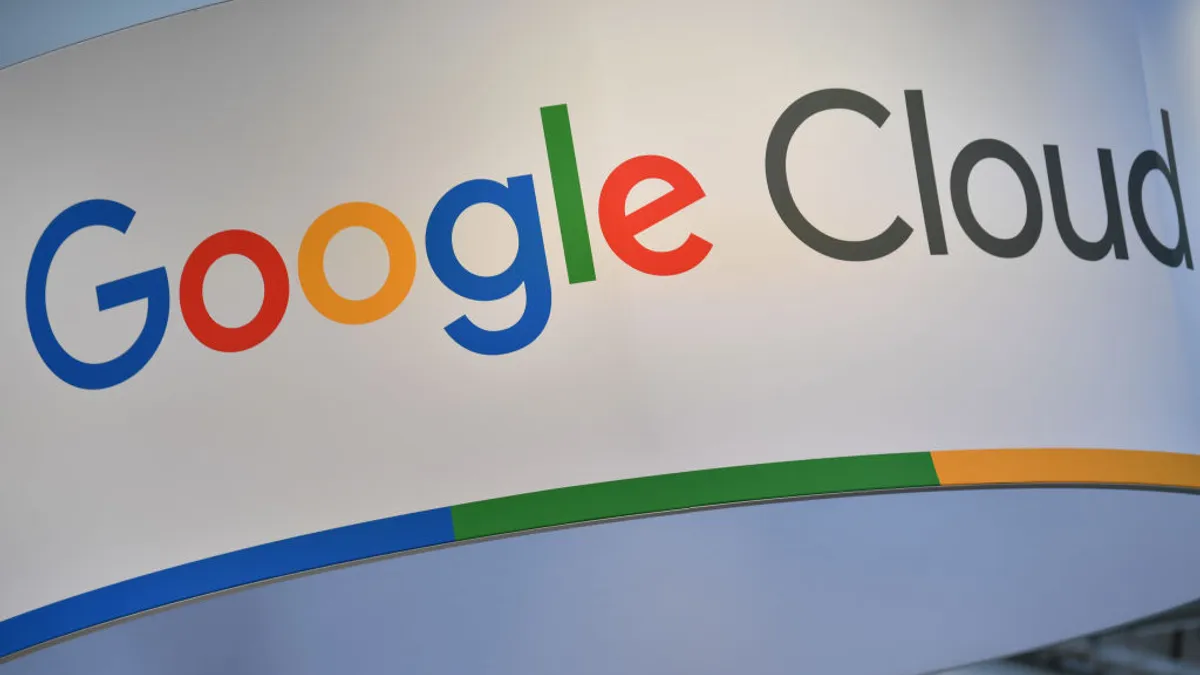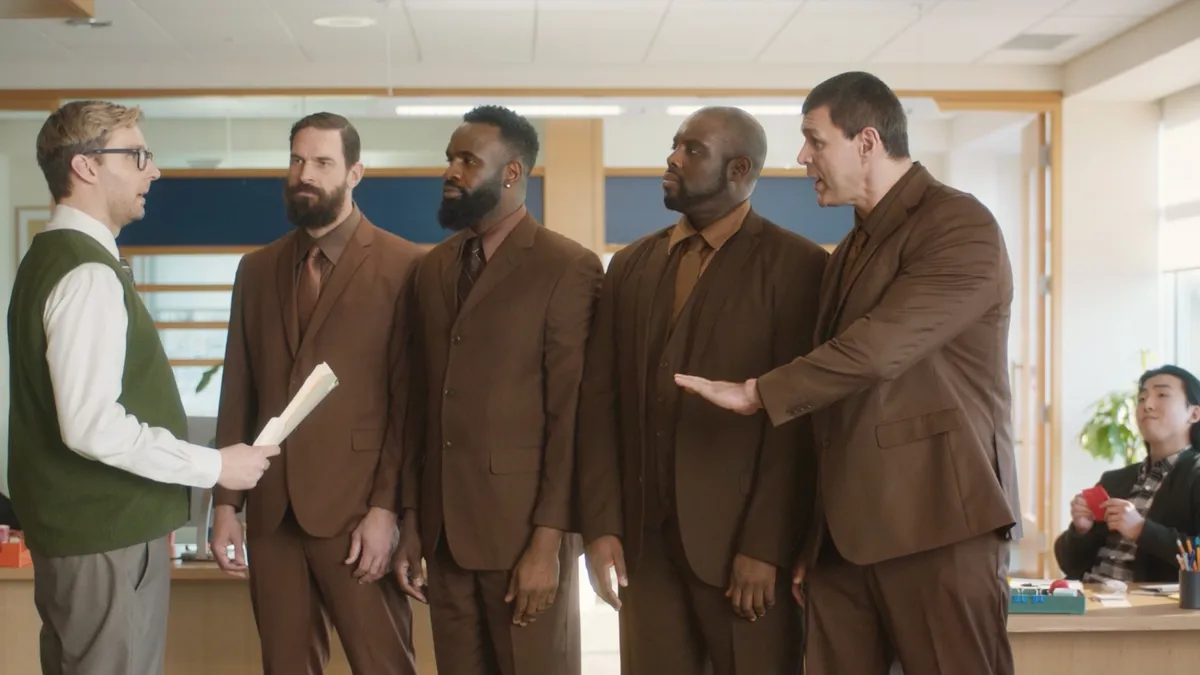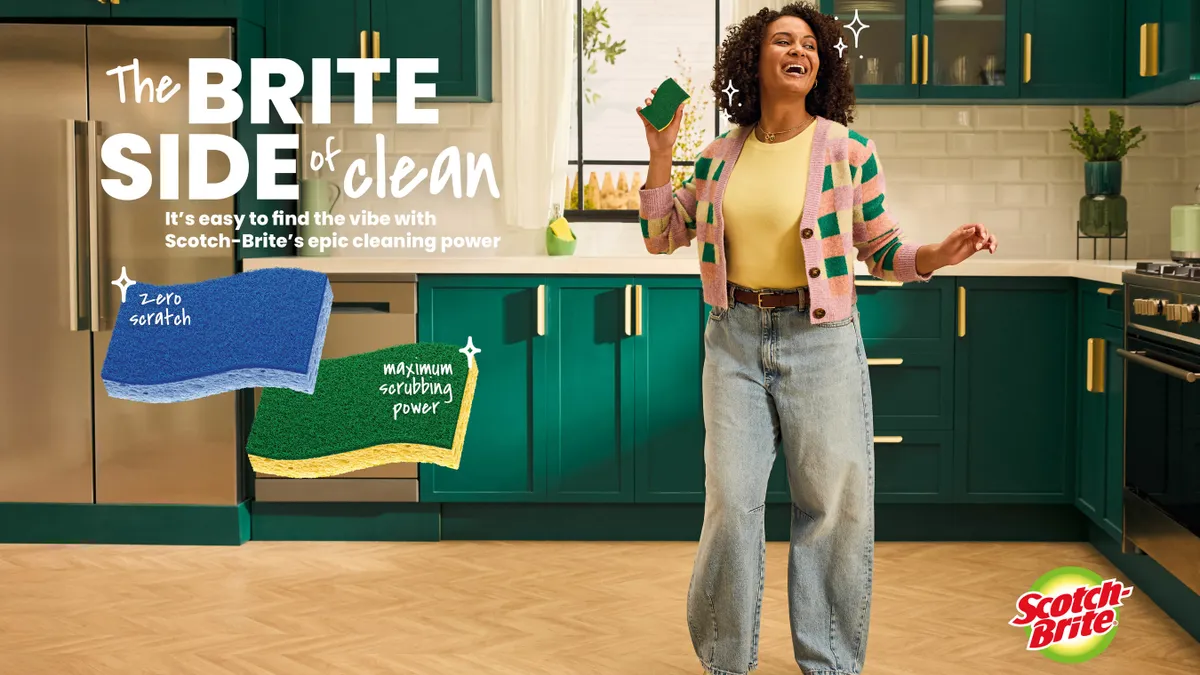Campaign Trail is our analysis of some of the best new creative efforts from the marketing world. View past columns in the archives here.
With artificial intelligence (AI) poised to remake daily life and the state of the world in flux, the current moment feels like an inflection point of technology and culture. But hasn’t that always been the case, to some degree? That’s one of the underlying ideas in Coca-Cola’s latest portfolio campaign, which demonstrates that the more things change, the more they stay the same, especially when Coca-Cola products are involved.
“Westside’s Finest” was created by Coca-Cola in collaboration with WPP Open X, Majority, Prettybird, UTA and CMC Forecast. At the heart of the campaign is a 6-minute short film directed by “Black-ish” creator Kenya Barris that checks in on the ad’s eponymous family-operated corner store for a series of vignettes that begin in 1975 and end in 2025. The period-specific scenes showcase Coca-Cola’s soft drink portfolio, including discontinued products (RIP Tab).
“There’s a reason that there’s not a storied history of portfolio marketing,” said Omid Farhang, CEO and founder of agency Majority. “Especially with a company like Coke that houses so many iconic brands, where each product isn’t just a brand: each product has its own brand strategy and its own cultural meaning.”
To serve each brand and nod to changes in technology, culture and advertising, Coca-Cola settled on a treatment created by Majority about a multi-generation store that has stood the test of time no matter what’s happening in the world.
“We come into this every year with an idea based on business needs and desires of what we want to drive with the program, but then I really appreciate the flexibility and the freedom we've been given by our CMO and others to go do what’s fun,” said Alex Ames, senior creative director for Coca-Cola.
Time traveling
The story in “Westside’s Finest” begins with Charles (Omari Hardwick of “Power”) and his wife securing some real estate from a yuppie (Nelson Franklin of “Black-ish”). They sell soda to teens who are arguing about checkbooks and whether or not computers are going to take over; Charles thinks they’ll be all right. But soon the “Hilltop” ad gives way to the hip-hop ‘80s, the yuppie has a brick phone and a New Coke and Charles is joined by his daughter Erykah behind the counter; Mom has passed on.
When the time jumps again, it’s 1995. The world is black-and-white, save for the Coke products and the Grant Hill Sprite ad on the TV. Jazz plays as Erykah (Lauren London of “ATL”) flirts with LaDarius (Lionel Boyce of “The Bear”). By 2005, Erykah is expecting and LaDarius helps some teen girls mix sodas. Then it’s 2015 (or “2015-ish”), and Barris and real-life family members Rainbow, Kass and Bronx shop in the store, which is under renovations.
By 2025, Westside’s Finest is now a little grocery store. Two teens (the same actors from the 1975-set vignette) argue about credit cards and whether or not AI is going to take over. Erykah looks at a picture of her father and says, “I think we’re gonna be all right.” The film then cuts to a montage of the store and its Los Angeles community, full of dominoes players, skateboarders and parking lot conversations.
“It’s a very ambitious story about the passage of time,” Farhang said. “It’s a level of ambition that very few brands in the world could take on but, but ultimately, a story that Coke and only Coke could tell.”
Trust the magic
While meticulously researched alongside Coke’s archivist, the ad is foremost a product of shared vision and collaborative spirit between the brand, its agency partners and Barris himself. Not only did the filmmaker cast himself and his family to bring the real-life “Black-ish” to life, but he pushed for the double dolly shot in the 1995 vignette (amping up the homage to Spike Lee) and the references to cult crime film “Belly” in the blacklit section of the 2005 vignette, which trades a clubland heist for a wild soda fountain creation.
“It doesn’t work if the brand is trying to over-commercialize the message, just as it doesn't work if the agency or artists are trying to make the brand subsidize their art,” Farhang said. “The trust can only flourish if everybody is aligned on the meaningful, ownable role of the brand at the center.”
Trust is required to add those deep-cut cultural references that make the work more authentic, memorable and engaging. It is also needed to allow for the on-set inspiration that comes from working with a creator like Barris.
“As marketers, we so often get a script, shoot the boards and move on, and we don’t leave ourselves open to the magic of a Kenya Barris, which, to me, is insane,” said Ames. “In marketing, we too often lock ourselves up to that on-set magic.”
Still learning lessons
This is Coca-Cola’s second portfolio effort following last year’s “New Guy,” which was also created with Majority. The similarly family focused ad was directed by Christopher Storer, who brought some cast, crew and flavor from his Hulu hit “The Bear” to the world of Coke.
“It was so great coming into year two, having improved the model. The brief was taking what we learned last year and trying not to over complicate it,” Ames said.
The “Westside’s Finest” film and various cutdowns will run on linear TV, streaming platforms, paid digital and social, out-of-home and in-store extensions until late February. And while it played as a 60-second spot during the Grammy Awards, Coca-Cola is still figuring out the rest of the media plan.
“Frankly, we haven’t launched a lot of 6-minute films as a company,” Ames said. “Even though this is out there in paid media right now, we’re working through other potential ways that this thing could come out once we see the reception to it.”
“Westside’s Finest” comes during a particularly contentious moment, with a strong multicultural focus and perspective on AI — two issues that have gotten Coca-Cola into hot water. Along with staying committed to diversity, equity and inclusion at a corporate level, the brand plans to keep breaking barriers in advertising as it has throughout the years.
“As the story says, whether we’re using computers, AI, robots, whatever, we want to tell great, relatable human stories, regardless of who’s telling those stories,” Ames said. “Regardless of what is going on in the world writ large, we’re all going to be all right.”



